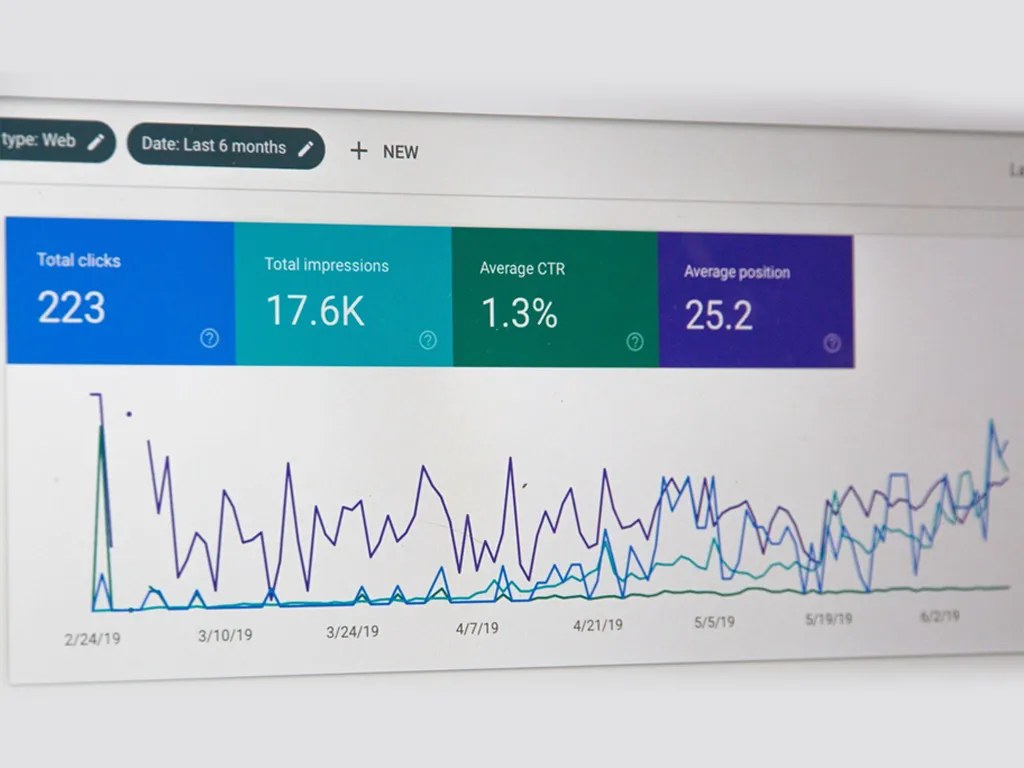Different Types Of Marketing Attribution Models

The act of finding the individual touchpoints and channels that led to a certain sale or conversion is referred to as marketing attribution. This enables marketers to discover which marketing initiatives are most successful in increasing revenue, allowing them to change their plans in accordance with these findings. There are a number of distinct models of attribution that may be implemented, including the first touch, the last touch, and the linear attribution model.
It is possible to establish how successful various marketing channels and strategies are in terms of bringing in conversions and revenue by making use of attribution models in marketing. There are several other models of responsibility, and each one has its own set of advantages and disadvantages.
There currently are many attribution model types, and they each have their own set of advantages and disadvantages, that can be used in place of or in addition to the first click attribution model. If you are looking to boost your business, you should learn more about marketing attribution and its models. Some examples of these models include the last click attribution, the linear attribution, and the time decay attribution.
Last Click Attribution
The last-click attribution model is a kind of marketing attribution that assigns one hundred percent of the credit for the conversion to the click that was made just before the conversion. This is a clear indication that the channel used in the very last click prior to client conversion is the channel receiving the credit for the conversion.
Although this paradigm is straightforward to comprehend and straightforward to put into action, it does have a few drawbacks. For instance, it does not take into consideration the part that other channels play in the process of conversion. Before making a purchase, a buyer could have seen an advertisement on a search engine, read a post on social media, or received an email about a product or service.
However, using a method known as “last-click attribution” would provide all of the credit for the conversion to the last channel that the consumer engaged with before converting, regardless of the role that the other channels had in bringing about the conversion.
The fact that it does not take into consideration the amount of time that has passed between the click and the conversion is another drawback of the last-click attribution method. It’s possible for a client to click on an ad yet take many days before making a purchase. In this scenario, the credit for the first click.
First Click Attribution
The term “first-click attribution” refers to a strategy that gives all of the credit for a conversion to the click that came just prior to the successful completion of the conversion. It gives the most credit to the channel that brought the customer to the site initially but ignores the contribution of other channels to the final conversion outcome.
First click attribution is a way to give credit for a conversion (like a sale or lead) to a customer’s first interaction (or “click”) with a company’s marketing efforts. One strategy for doing so is to give weight in the conversion process to the channels a customer encountered initially.
The first time a customer interacts with an ad or link from the company’s website is valued the highest because of the high probability of a sale being made.
First click attribution is a means of giving credit for a conversion (such as a sale or lead) to the first touchpoint (or “click”) that a customer had with the marketing efforts of a firm. This may be done by assigning credit for a conversion to the first touchpoint that a consumer had.
To put it another way, the very first time a consumer clicks on one of the business’s advertisements or links is the one that is seen as having the most potential to result in a conversion.
For instance, a client may click on an advertisement for a firm that appears in the results page of a Google search, and then later return to the website of the company in order to complete the transaction there. According to the principle of first click attribution, the credit for the conversion would be attributed to the click on the Google search advertisement since it was the first point of contact that the consumer had with the firm.
Linear Attribution
The linear attribution (https://en.wikipedia.org/wiki/Attribution_(marketing ) model is one that divides the credit for the conversion across all of the clicks that lead up to the conversion in an equal fashion. All channels are given the same amount of consideration, but the relative significance of each one in the conversion process is not taken into account by this method. The process of allocating credit for a conversion (such as a sale or lead) to all of the touchpoints that a customer has with a company’s marketing efforts is referred to as linear attribution. This is a technique.
In other words, according to the linear attribution model, each interaction that a consumer has with the marketing efforts of a firm is deemed to have an equal effect on the conversion. This is the case even when the customer converts.
Because it may give a more realistic view of the actual customer journey and the influence that various touch points have on conversion, linear attribution might be valuable. A marketer may also examine the impact of each channel and take the required actions to maximize the effectiveness of their marketing efforts thanks to this capability.
On the other hand, linear attribution might be considered as having a disadvantage due to the fact that it could not correctly represent the relative significance of the many touchpoints. For instance, a touchpoint that occurs early in the customer journey may be more influential in leading to a conversion than a touchpoint that occurs later in the journey; however, according to the linear attribution model, both touchpoints would be given equal credit for their contribution to the conversion.
Time Decay Attribution
With the help of time decay attribution, you may give more weight to clicks that occurred sooner before a conversion. Although it takes into account how important each channel was in the conversion process, it does not fully credit the channels that set the customer on the route they were on.
In this particular model, the first and final click each get forty percent of the total credit, while the remaining twenty percent is divided among all of the clicks that occur in the midst. Attribution dependent on position: According to this concept, the first and final clicks each get forty percent of the credit. The initial and last clicks are given more weight than the channels that occurred in the middle of the customer’s journey.
Data Driven Attribution
Data-driven attribution is a model that determines the relative value of various channels and strategies in the conversion process by analyzing massive quantities of data using machine learning algorithms.
In the end, the decision of which attribution model to choose will be determined by the particular objectives of your marketing campaign as well as the resources that are available to develop and maintain the model.




